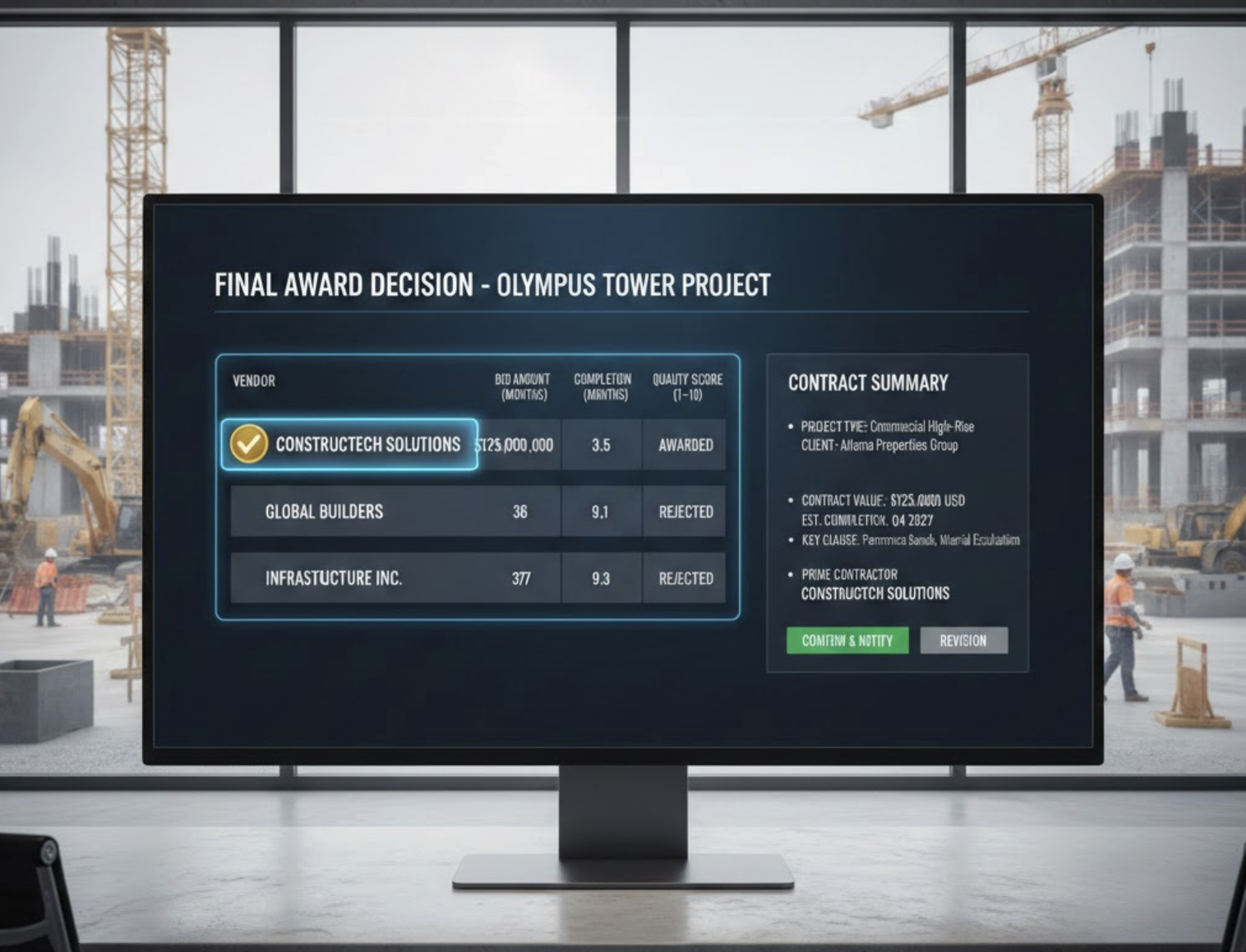Who Approved What? A Case for Transparent Document Logs
In the complex world of construction projects, where multiple stakeholders are involved and countless documents exchange hands, the need for transparency is more critical than ever. Transparent document logs are essential tools in this regard, providing detailed records of approvals, modifications, and communications related to project documents. By fostering understanding among all parties involved, these logs ensure that everyone is in the loop regarding who approved what, and when developments occurred.
Importance of Transparency
Transparency in document management fosters trust among teams, streamlining operations and heightening overall efficiency. Stakeholders can develop confidence in the process knowing they have clear insights into the approvals and changes made to crucial documents. This transparent approach to documentation not only enhances communication but also serves as a significant asset during audits, thereby reinforcing compliance with industry standards.
Compliance and Audit Trails
One of the standout advantages of maintaining transparent document logs is facilitation of compliance. By offering a clear overview of all document-related activities, these logs can help construction companies adhere to relevant regulations and standards. This is particularly noteworthy during audits, as having an accessible and comprehensive audit trail can reduce both the time and costs associated with compliance checks.
Efficiency and Time Savings
Employing advanced document management systems that include transparent document logs proves invaluable for construction firms. According to a PwC study, such systems enable companies to save an average of 40% of time spent during audits. The quick access to vital information afforded by these logs reduces wasted time and significantly boosts team efficiency. With real-time access to documentation, construction teams can spend less time searching for information and more time completing their projects.
Collaboration and Accountability
Transparent document logs cultivate a culture of collaboration within organizations, ensuring that everyone involved is aware of their responsibilities and the specific steps each has undertaken. Clarity regarding document handling minimizes misunderstandings and duplication of efforts while enabling teams to pinpoint any bottlenecks in workflows. This clarity is vital in efficiently managing day-to-day operations and long-term project goals, particularly in a bustling construction environment.
Best Practices for Implementing Transparent Document Logs
To create a truly effective system incorporating transparent document logs, industry professionals must adhere to a few best practices:
- Clear Definition of Log Contents: Establish a concise definition of what constitutes essential log entries, ensuring that the logs remain relevant and impactful.
- Append-Only Logs: By implementing append-only logs, companies ensure that recorded information remains untouched, thereby maintaining the integrity and reliability of the data entered.
- Read and Write Transparency: Establishing transparency for both read and write activities nurtures an ecosystem where external users, such as auditors, can easily verify logs.
Role of Zepth in Enhancing Transparency
As a leading provider of construction project management software, Zepth plays a pivotal role in enhancing transparency through its innovative features. Here are a few ways Zepth contributes:
- Project Documentation: Zepth’s platform meticulously tracks all project documents, including approvals and changes, ensuring that all stakeholders have access to up-to-date information.
- Compliance Management: Zepth integrates compliance checks into its document management system, facilitating adherence to industry regulations and standards seamlessly.
- Collaboration Tools: Zepth enhances team collaboration through its document logs, enabling real-time tracking and updates across project documentation.
Use Cases and Benefits
Implementing transparent document management systems can provide a myriad of benefits for construction firms:
- Reduced Audit Stress: Turn the traditionally burdensome audit process into an opportunity for improvement. With transparent document management, auditors can efficiently access a thorough audit trail, significantly cutting down on audit time and costs.
- Increased Efficiency: Document transparency allows teams quick access to essential information, ultimately reducing wasted time. Furthermore, it facilitates the identification and resolution of bottlenecks in workflows.
- Enhanced Visibility and Accountability: Document approval software enhances workflow visibility, ensuring that everyone on the team understands their responsibilities and is held accountable for their tasks.
Emerging Innovations
The construction industry is witnessing rapid advancements in document management systems, making it easier to ensure transparency and compliance. Zepth is at the forefront of these innovations:
- Automated Approval Processes: The modern document management systems offered by Zepth automate approval processes to improve efficiency while reducing errors and enhancing visibility.
- Advanced Tracking Capabilities: Zepth maintains extensive audit trails, allowing companies to thoroughly track who accessed, modified, or approved documents, further fostering a culture of accountability.
By embracing these innovations and best practices, construction companies stand to fortify their document management processes, ensuring utmost transparency, efficiency, and compliance. With tools like Zepth, organizations can revolutionize their approach to construction project management, resulting in smoother operations and improved project outcomes.




